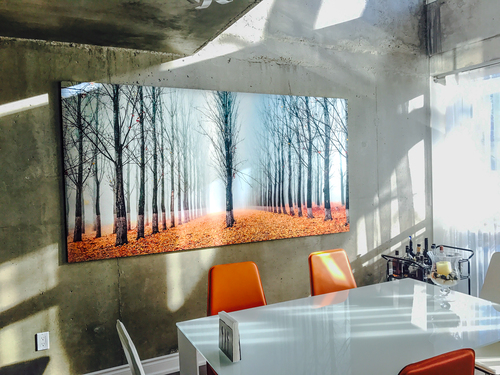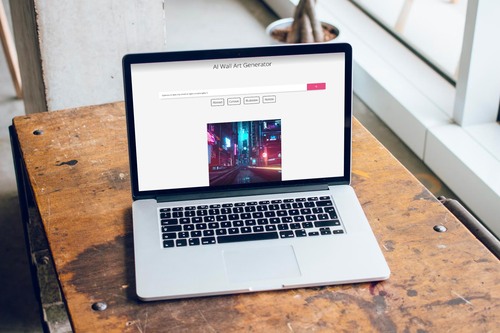Text Prompts
To understand text prompts imagine that you are speaking with an artist about what you want them to create. You would include a subject (the main focus of the visual), what the subject is doing, where, and how, along with additional descriptive words to describe the rendering's visual style.
Use At Least 3-7 Words
There is no single correct way of writing text prompts for generative AI platforms, but most prompt engineers would agree, that textual prompts should be at least 3-7 words long if you’re looking to render something more detailed and less abstract.
While you don’t need to strictly abide by these rules, but if you’re looking for a more detailed and complex rendering, then a 3-7 word text prompt would be your best bet. The more descriptive your text prompt, the easier it is for the AI to understand what you’re looking for.
Subject: The Who and What of Text Prompts
As with human artists, AI image generators need a subject to render. This can be a person, object, or location that will be the main focus of your rendered image. You can use prompts with more than one subject, but to keep things simple for now, let’s keep it at 1 subject per text prompt.
Pro tip: Avoid using abstract concepts (love, hate, justice, infinity, joy) as subjects. You can most certainly render something using these keywords, but the results will be very inconsistent in what they depict. Use concrete nouns (human, cup, dog, planet, headphones) as the subject of your prompt for more accurate results.
Similar to sentences in English, the subject must be a noun. Some simple examples would be human, car, forest, apple, living room interior, and soda can. The AI can successfully generate an image from any of these nouns alone, but to get more detailed and complex AI renderings, you need to create a more descriptive text prompt.
Descriptors: The Doing What, Where, and How
To add more complexity to your rendering and help the AI narrow down what images to use as references, you need to utilize descriptors. While any word that describes the subject of the text prompt can be considered a descriptor, these tend to be verbs and adjectives that answer questions like:
What is happening? What is the subject doing? How is the subject doing this? What’s happening around the subject? What does the subject look like? To illustrate this point, we did a little experiment with our Let’s Enhance Image Generator and tried to render a raccoon that is reading. The rendering on the left was rendered when we simply entered the text prompt “raccoon reading”. And while the AI was able to generate the subject and one descriptor successfully, the example is still rather simple.
On the right, however, the prompt contains two additional descriptors “a book” and “in a library”. These additional descriptors allowed the AI to narrow down the reference photos, thus rendering an image far more complex than its counterpart with a far more simplistic text prompt.
Pro tip: Experiment with descriptors to see how they affect different aspects of the image. Descriptors are not a definite science and may yield wildly different results, so mix and match them to see what the results look like.
Keep in mind, that it is really a matter of preference and necessity whether you use additional descriptors and how many. If you’re looking for a simple rendering of a finch, simply typing in “finch” in the text prompt is going to be enough for most AI image generators.
But the far more descriptive text prompt of the example on the right demonstrates how accurately the AI can render a more detailed visual thanks to additional descriptors, such as “a tiny”, “on a branch”, “with spring flowers on the background”.
Aesthetic and Style: How the Rendering Will Look
Finally, the last bit of a common text prompt for generative AI platforms are keywords and phrases that add the finishing touches to the rendering. These last few words will determine the style, framing, and overall aesthetic of the composition. Keywords like “photo”, “oil painting”, or “3D sculpture” work really well in this section. You can also use prompts like “close up”, “wide shot”, or “portrait” for additional framing options.
And there’s also the option of choosing an art style, as well as naming specific artists whose work you wish the AI to imitate. In the example above, the Let’s Enhance Image Generator was told to render an impressionist painting in the style of Vincent Van Gogh of the Batmobile stuck in LA traffic.


 COMPARE ALL PRODUCTS
COMPARE ALL PRODUCTS







.jpg)


-001 (1).jpg)













